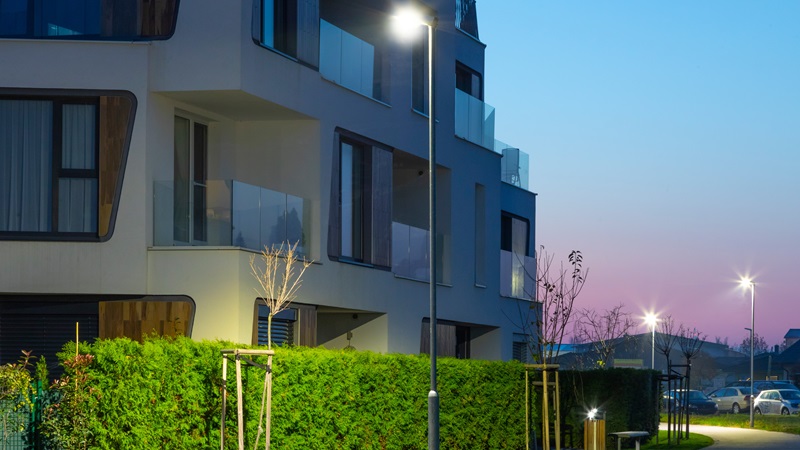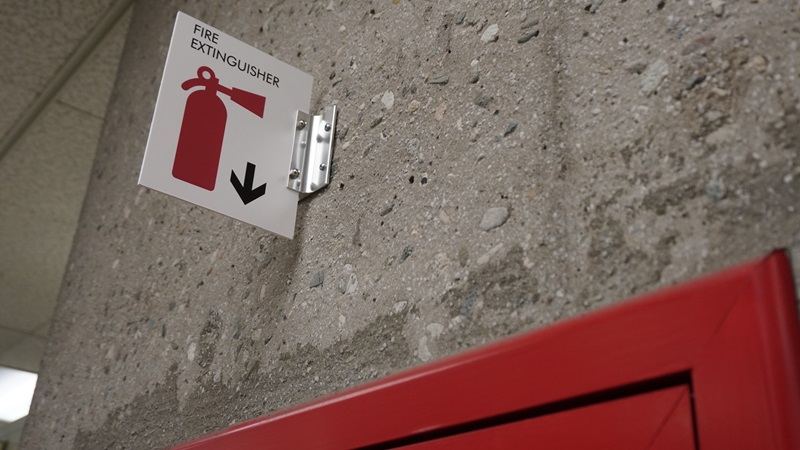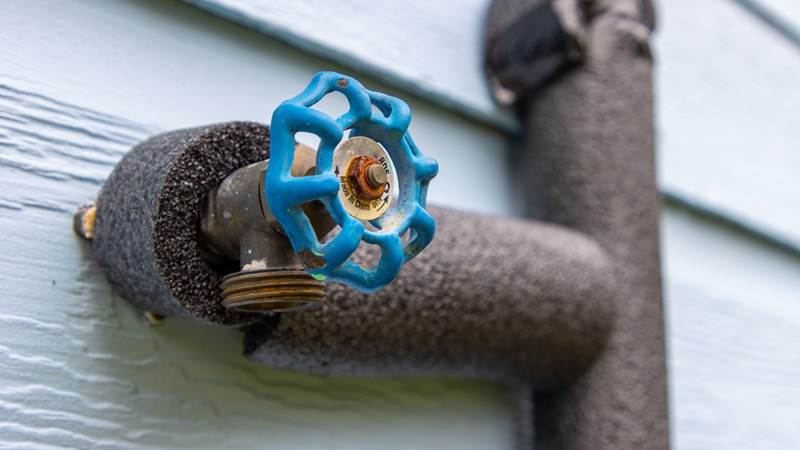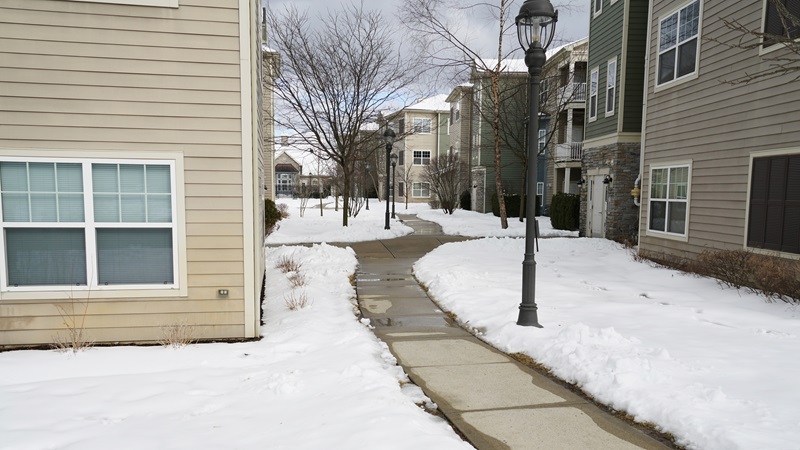
From power outages to snowstorms, winter weather can wreak havoc for apartment owners and operators, posing health and safety risks for residents. This winter, keep your community warm and safe with these seasonal safety tips.
1. Stock up on supplies

Make sure your community has an up-to-date supply of first-aid supplies, basic medicine, hygiene products, several days’ worth of water, and nonperishable food. Include winter weather events in your disaster preparedness plan.
2. Winter-proof your landscaping

Be proactive to reduce the potential for property damage. Clean out your gutters regularly to avoid water damage, mold growth, and ice dams.
Trim back tree branches to limit the risk of falling branches, especially before winter storms. Trees with branches close to power lines can also pose a risk of power outages and electrical fires, so these should be pruned regularly.
3. Light it up

Shorter days mean reduced visibility. To keep your community safe, ensure all walkways and parking lots are appropriately lit.
Install timed or motion-sensitive lights throughout your community. This can reduce the chance of accidents and boost residents’ sense of security.
4. Maintain heating systems

Not only is an up-to-date system essential in keeping your residents warm through the cold months, regular HVAC maintenance also reduces the risk of fire. Get your HVAC system tested and maintained, and replace filters as recommended. If your apartments have individual furnaces or heating units, get these checked and cleaned every winter or fall.
Alongside regular HVAC maintenance, you should also confirm the presence of a functional smoke alarm and carbon monoxide detector in every unit.
5. Educate your residents on fire safety

Did you know that December, January, and February are the peak months for heating fires, according to the National Fire Protection Association?
Keep your community safe by sharing information about your fire prevention policies — for example, are space heaters permitted in your properties? What are your policies on smoking and candle use? Include tips on appliance maintenance, where to find fire extinguishers, and how to evacuate during an emergency.
Use multiple channels to distribute this information to your residents, such as posting flyers in elevators and common areas, adding tips to your email newsletter, and hosting workshops in partnership with the local fire department.
6. Prevent pipe freezes

It’s a cold winter day, and your residents turn on the faucet, only to find no water coming out — a tell-tale sign of frozen pipes. When they burst, frozen pipes can cause major property damage, adding up to tens or even hundreds of thousands of dollars. Pipes most at risk of freezing are those along outdoor walls or in unheated or lightly insulated interior areas.
If your community is in an area with relatively mild winters, don’t assume this problem doesn’t apply to you. Communities least prepared for winter emergencies are likely to suffer damage during a surprise cold snap.
So, what can you do to prevent pipe freezes?
- Winterize outdoor faucets and drinking fountains by shutting off the water valve, draining pipes, and using faucet covers.
- Insulate water pipes with foam sleeves, heat tape, or thermostat-controlled heat cables.
- Track your local weather forecast, and warn residents of upcoming temperatures below freezing.
- Heat all buildings and units, including vacant apartments, to at least 55 degrees Fahrenheit.
- Ensure windows and doors stay closed, and use insulation and weatherstripping to seal out air leaks.
- When temperatures are expected to drop below 28 degrees Fahrenheit for at least four hours, let at-risk faucets drip to reduce the likelihood of frozen and burst pipes.
7. Plan to remove snow and ice

Snow and ice removal is essential for accessibility and preventing accidents. If your community is located in an area subject to snow and ice, look into the local and state laws around snow removal to determine what the city or county is responsible for, what your community is obligated to do, and what the required timeline is for action.
Make sure your community is sufficiently equipped with the appropriate equipment, which may include snow blowers, snowplows, shovels, and ice melt, depending on the size of your community and frequency of snow.
Keep your residents safe

With a proactive strategy that includes maintenance, education, and disaster planning, you can reduce your community’s risk of winter hazards.








